Home>Furniture & Design>Bathroom Accessories>How Can You Catch Herpes From A Toilet Seat


Bathroom Accessories
How Can You Catch Herpes From A Toilet Seat
Modified: March 21, 2024
Learn how to prevent herpes transmission from toilet seats and other bathroom accessories. Protect yourself with proper hygiene and precautions.
(Many of the links in this article redirect to a specific reviewed product. Your purchase of these products through affiliate links helps to generate commission for Storables.com, at no extra cost. Learn more)
What is Herpes?
Herpes is a common viral infection caused by the herpes simplex virus (HSV). There are two main types of herpes viruses: HSV-1 and HSV-2. HSV-1 is typically associated with oral herpes, causing cold sores or fever blisters around the mouth, while HSV-2 is known for causing genital herpes. However, both types of herpes can affect the oral and genital areas.
The herpes virus is highly contagious and can be transmitted through direct contact with an infected person's skin or bodily fluids. Once the virus enters the body, it remains there for life, often causing recurrent outbreaks of symptoms.
Herpes infections are characterized by the development of painful, fluid-filled blisters or sores on the affected area. These outbreaks can be triggered by various factors, including stress, illness, hormonal changes, and exposure to sunlight.
It's important to note that herpes is a widespread condition, and many individuals may be unaware that they are infected, as the virus can remain dormant for long periods without causing noticeable symptoms. This aspect of herpes underscores the need for awareness and understanding of the virus and its modes of transmission.
Understanding the nature of herpes is crucial in dispelling misconceptions and reducing the stigma associated with the infection. By educating the public about the virus, individuals can make informed decisions to protect themselves and others from potential transmission.
In the following sections, we will delve into the question of whether herpes can be contracted from a toilet seat, explore how herpes is transmitted, and discuss precautions to take in public restrooms to minimize the risk of exposure to the virus.
Key Takeaways:
- Herpes is unlikely to be caught from a toilet seat due to the virus’s fragility outside the body. Good hygiene and understanding transmission modes are key to preventing herpes spread.
- Practicing good hygiene in public restrooms, such as using protective barriers and maintaining hand hygiene, can minimize the risk of exposure to potential pathogens, including the herpes virus.
Can You Catch Herpes From a Toilet Seat?
The notion of contracting herpes from a toilet seat has long been a subject of concern and speculation. However, the likelihood of acquiring herpes from a toilet seat is exceedingly low. Herpes viruses, particularly HSV-2, which is primarily associated with genital herpes, are fragile and do not survive for long outside the human body. As a result, the risk of contracting herpes from inanimate objects such as toilet seats is minimal.
It's important to understand that herpes is primarily transmitted through direct skin-to-skin contact with an infected individual during periods of viral shedding. Viral shedding occurs when the herpes virus becomes active and is present on the skin's surface, potentially leading to transmission to another person. Given this mode of transmission, the chances of contracting herpes from a toilet seat are highly improbable, as the virus cannot thrive for extended periods on surfaces.
Moreover, the skin on the buttocks and thighs, which are the areas that come into contact with a toilet seat, is not a common site for herpes outbreaks. Herpes lesions typically appear on the genital or oral regions, making transmission from a toilet seat even more unlikely.
While the risk of acquiring herpes from a toilet seat is minimal, it's essential to maintain good personal hygiene practices, such as using a toilet seat cover or a layer of toilet paper, when using public restrooms. These simple precautions can provide peace of mind and minimize contact with potentially contaminated surfaces.
In summary, the likelihood of catching herpes from a toilet seat is extremely low, and individuals should focus on practicing good hygiene and understanding the actual modes of herpes transmission to effectively protect themselves and others from the virus. By dispelling misconceptions and promoting accurate information about herpes, we can foster a more informed and empowered approach to preventing the spread of the virus.
How Herpes is Transmitted
Herpes is primarily transmitted through direct skin-to-skin contact with an infected individual during periods of viral shedding. Viral shedding occurs when the herpes virus becomes active and is present on the skin's surface, potentially leading to transmission to another person. This shedding can occur even in the absence of visible sores or symptoms, making the virus particularly challenging to detect and prevent.
The most common modes of herpes transmission include:
-
Sexual Contact: Genital herpes, caused by HSV-2, is often spread through sexual activity, including vaginal, anal, or oral sex. The virus can be transmitted through contact with the skin in the genital area, mucous membranes, or fluids of an infected person. It's important to note that herpes can be transmitted even when the infected individual does not have visible sores or symptoms.
-
Direct Skin-to-Skin Contact: Herpes can be transmitted through direct contact with the affected area, such as kissing someone with a cold sore or engaging in intimate skin-to-skin contact with an individual experiencing a genital herpes outbreak.
-
Vertical Transmission: In some cases, a pregnant woman with genital herpes can transmit the virus to her baby during childbirth. This can lead to serious health complications for the infant, emphasizing the importance of medical guidance and precautions for pregnant women with herpes.
-
Indirect Transmission: While less common, indirect transmission of herpes can occur through sharing personal items such as towels, razors, or eating utensils with an infected individual. However, the risk of indirect transmission is significantly lower compared to direct skin-to-skin contact.
It's crucial to recognize that herpes transmission is not limited to sexual activity and can occur through various forms of close contact with an infected person. Additionally, the asymptomatic nature of herpes shedding underscores the need for heightened awareness and preventive measures to reduce the risk of transmission.
By understanding the modes of herpes transmission, individuals can make informed decisions to protect themselves and their partners. Open communication, regular testing, and practicing safe sex are essential components of preventing the spread of herpes and promoting overall sexual health.
In summary, herpes transmission occurs primarily through direct skin-to-skin contact, and individuals should be proactive in taking preventive measures to minimize the risk of acquiring or transmitting the virus. Heightened awareness and accurate information about herpes transmission are vital in empowering individuals to make informed choices and prioritize their well-being.
Herpes is not typically spread through contact with toilet seats. It is mainly transmitted through direct skin-to-skin contact with an infected area. It’s important to practice good hygiene and avoid sharing personal items to reduce the risk of transmission.
Precautions to Take in Public Restrooms
When using public restrooms, it's essential to adopt certain precautions to minimize the risk of exposure to potential pathogens, including the herpes virus. While the likelihood of contracting herpes from a toilet seat is minimal, practicing good hygiene habits can provide added protection and peace of mind. Here are some key precautions to consider:
-
Use Protective Barriers: When using public restroom facilities, consider using a disposable toilet seat cover or a layer of toilet paper on the seat. This simple measure can create a barrier between the skin and the surface, reducing direct contact and potential exposure to any lingering bacteria or viruses.
-
Hand Hygiene: Proper hand hygiene is crucial in preventing the spread of infections. After using the restroom, thoroughly wash your hands with soap and water for at least 20 seconds. This simple yet effective practice can help eliminate any potential pathogens that may have been encountered in the restroom environment.
-
Avoid Direct Contact: Minimize direct skin contact with surfaces in the restroom, such as door handles, faucets, and other commonly touched areas. Use a paper towel or tissue to handle these surfaces, or consider using hand sanitizer after leaving the restroom to further reduce the risk of exposure to germs.
-
Maintain Personal Items: Refrain from placing personal items, such as bags or clothing, on potentially contaminated surfaces within the restroom. Keeping personal belongings off the floor or other surfaces can help prevent the transfer of germs and maintain a hygienic environment.
-
Stay Informed: Stay informed about the cleanliness and maintenance of public restroom facilities. Choose facilities that are well-maintained and equipped with adequate supplies for hand hygiene, such as soap and paper towels. Being mindful of the restroom environment can contribute to a more hygienic experience.
By incorporating these precautions into your restroom routine, you can take proactive steps to minimize the risk of exposure to potential pathogens, including the herpes virus, in public restroom settings. While the risk of contracting herpes from a toilet seat is minimal, these practices align with general principles of good hygiene and can contribute to a more hygienic and comfortable restroom experience for all individuals.
Remember, maintaining good hygiene habits and being mindful of your surroundings can go a long way in promoting overall well-being and reducing the potential transmission of infections in public spaces.
Conclusion
In conclusion, the concern about contracting herpes from a toilet seat is largely unfounded, as the likelihood of transmission through this route is exceedingly low. Herpes, whether oral or genital, is primarily transmitted through direct skin-to-skin contact with an infected individual during periods of viral shedding. Understanding the actual modes of herpes transmission is crucial in dispelling misconceptions and reducing unwarranted fears about contracting the virus from inanimate objects such as toilet seats.
While the risk of acquiring herpes from a toilet seat is minimal, it's important to emphasize the significance of practicing good hygiene habits in public restrooms. By using protective barriers, maintaining proper hand hygiene, avoiding direct contact with potentially contaminated surfaces, and staying informed about restroom cleanliness, individuals can minimize the risk of exposure to potential pathogens, including the herpes virus, in public restroom settings.
Furthermore, it's essential to foster a more informed and empowered approach to preventing the spread of herpes. This involves promoting accurate information about the virus, encouraging open communication about sexual health, and advocating for regular testing and safe sex practices. By dispelling misconceptions and reducing the stigma associated with herpes, individuals can make informed decisions to protect themselves and others from potential transmission.
Ultimately, the focus should be on promoting awareness, understanding, and proactive measures to minimize the risk of herpes transmission. By incorporating these principles into everyday practices and promoting a culture of informed decision-making, we can contribute to a more hygienic and supportive environment for all individuals.
In summary, while the concern about contracting herpes from a toilet seat is minimal, the broader emphasis on promoting accurate information, good hygiene practices, and informed decision-making is essential in fostering a healthier and more informed approach to preventing the spread of herpes and other infections. By working collectively to dispel misconceptions and promote accurate knowledge, we can create a more supportive and empowered community that prioritizes well-being and understanding.
Frequently Asked Questions about How Can You Catch Herpes From A Toilet Seat
Was this page helpful?
At Storables.com, we guarantee accurate and reliable information. Our content, validated by Expert Board Contributors, is crafted following stringent Editorial Policies. We're committed to providing you with well-researched, expert-backed insights for all your informational needs.


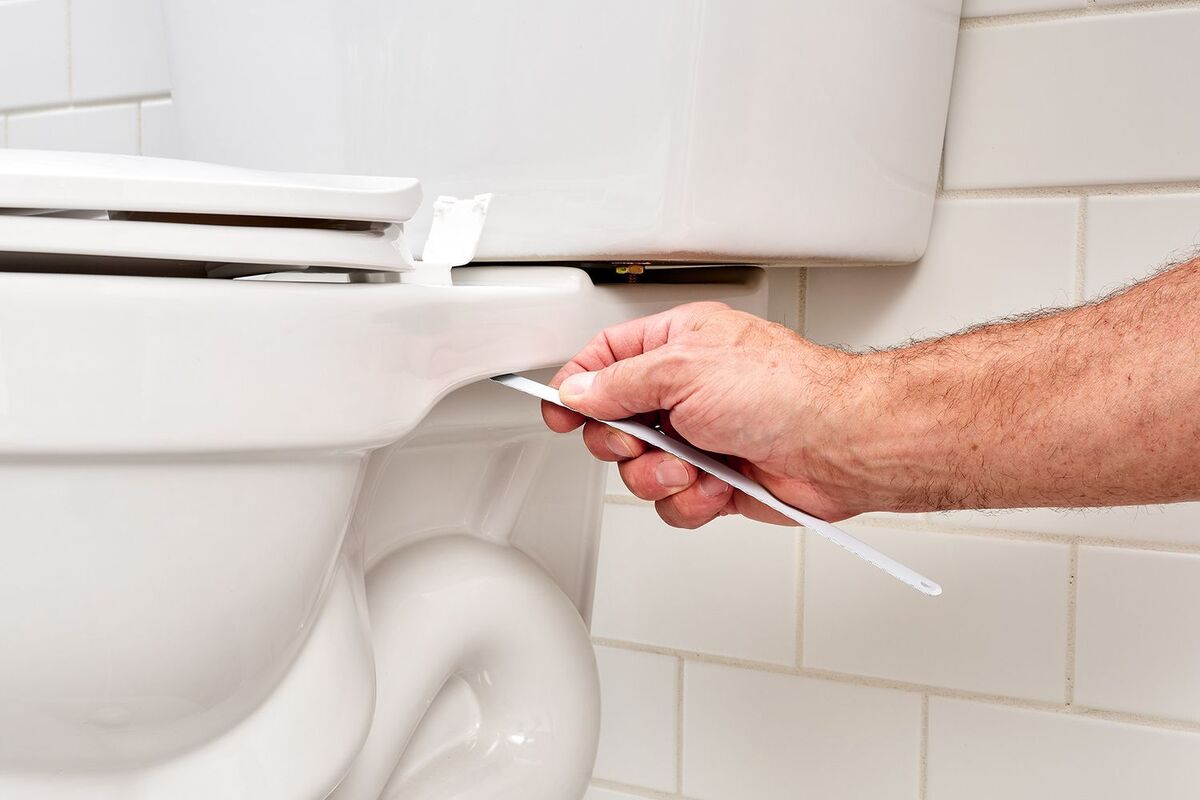

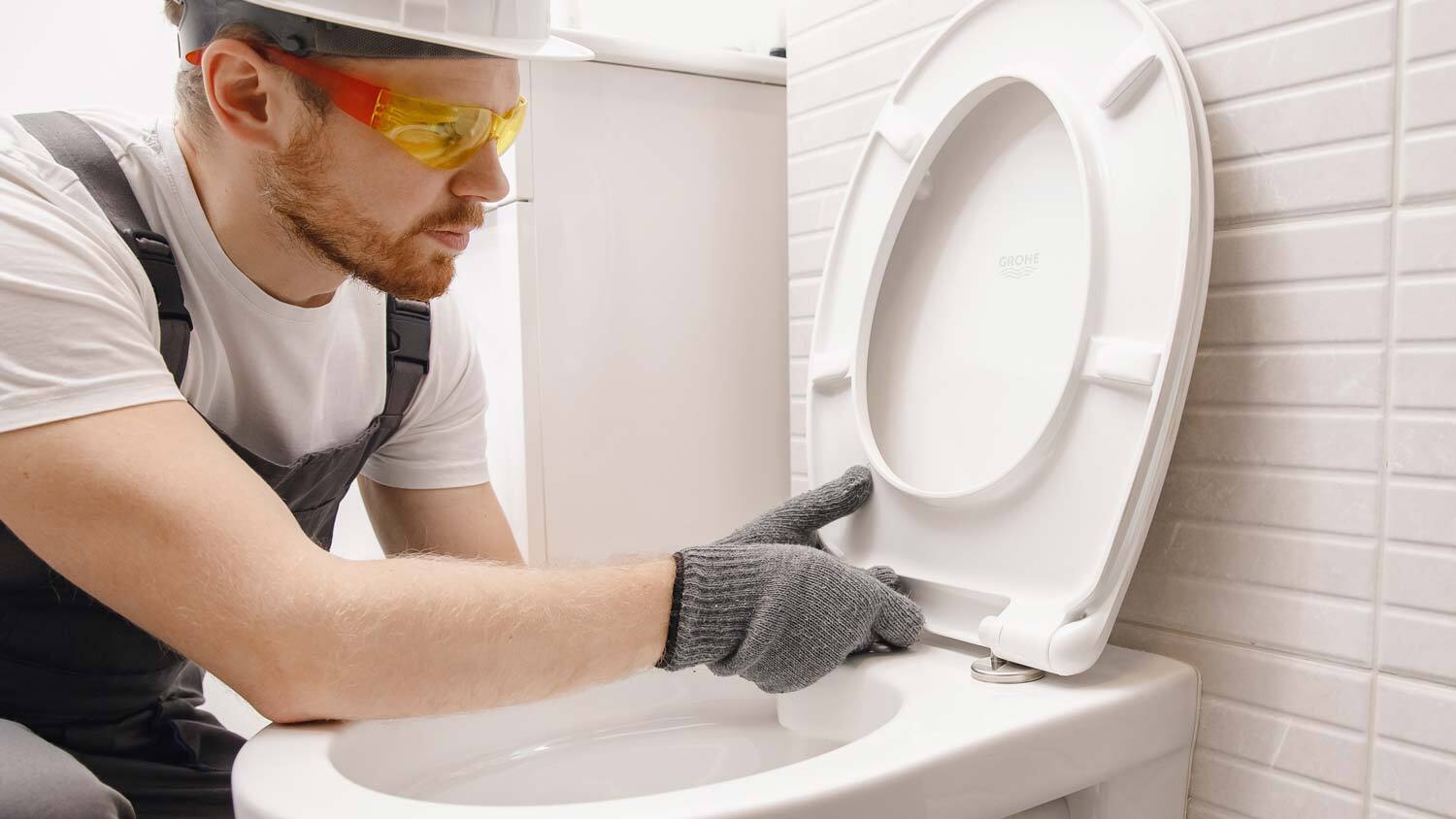
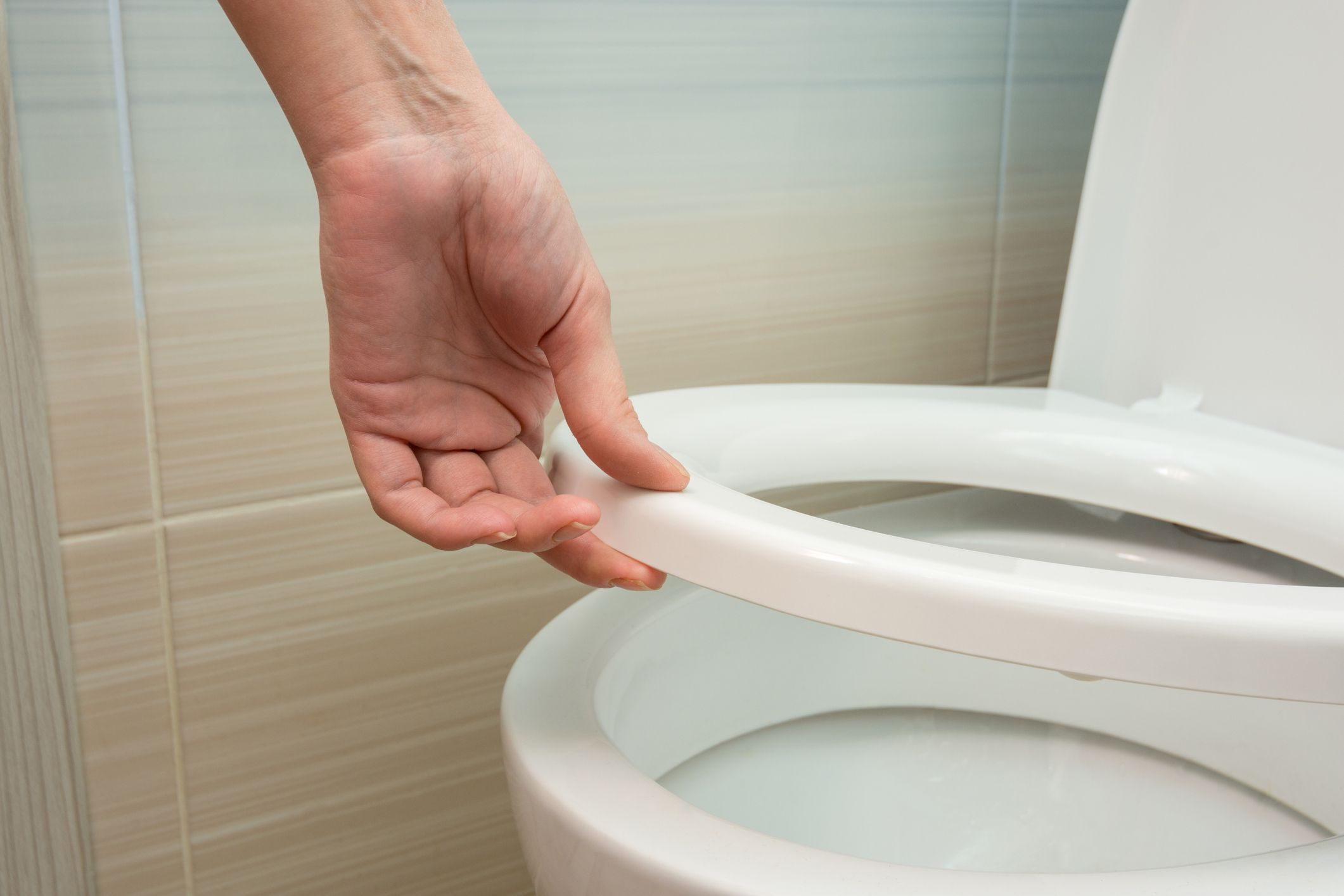
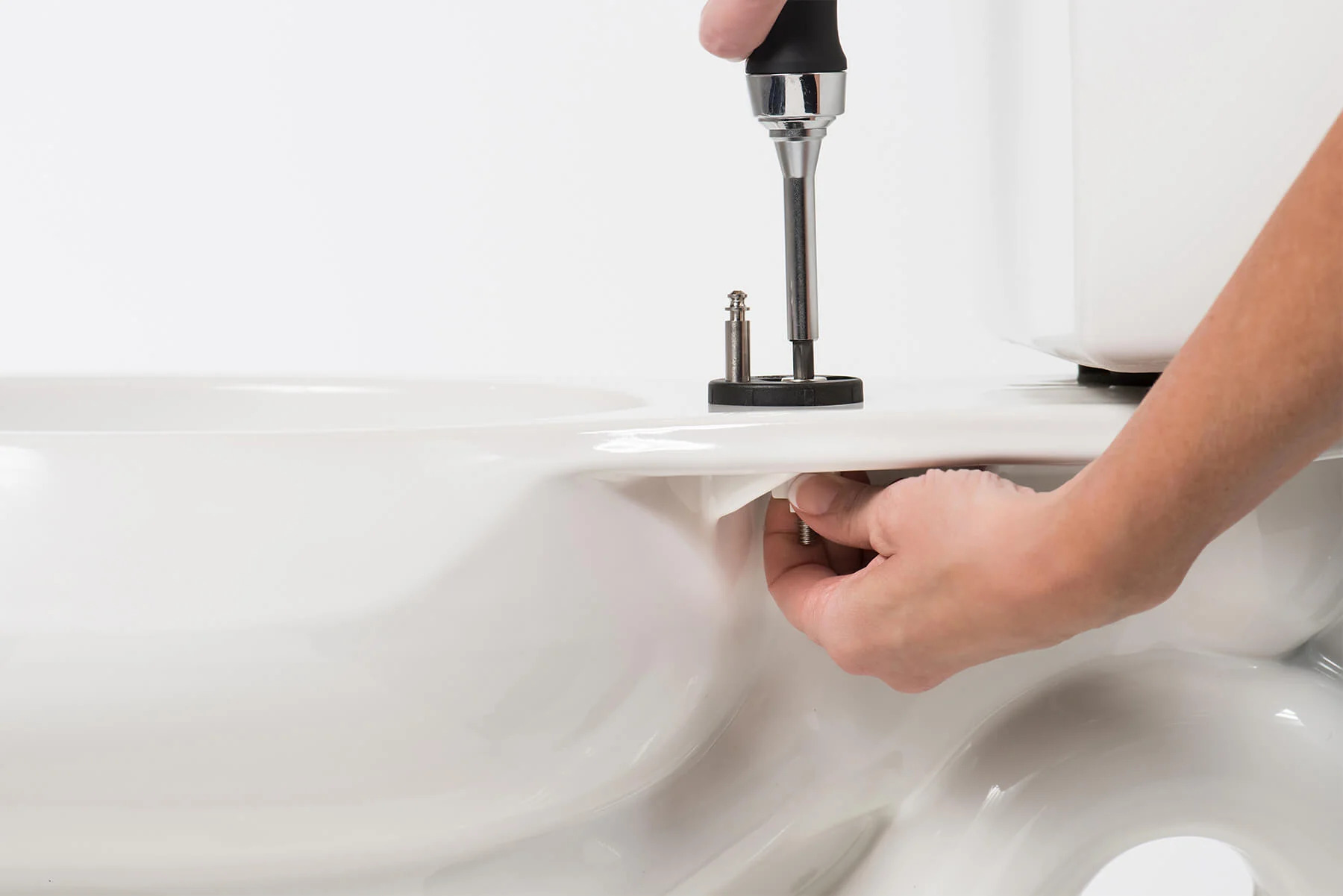


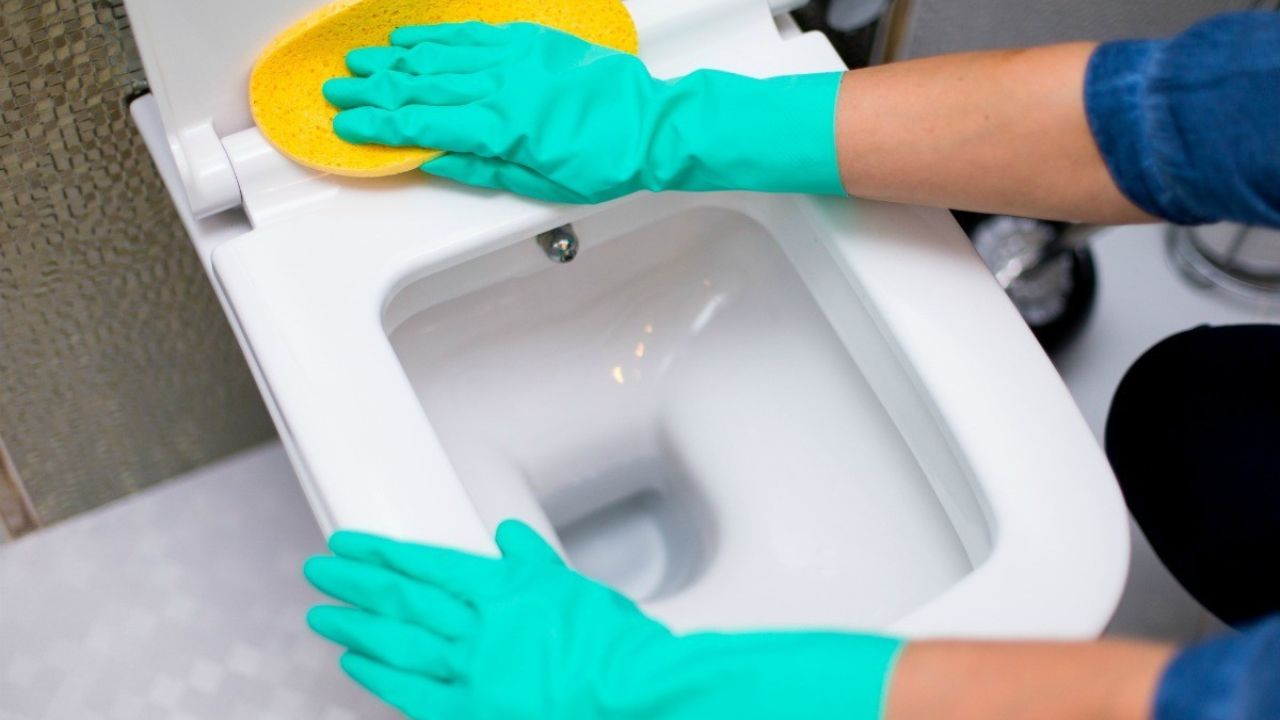

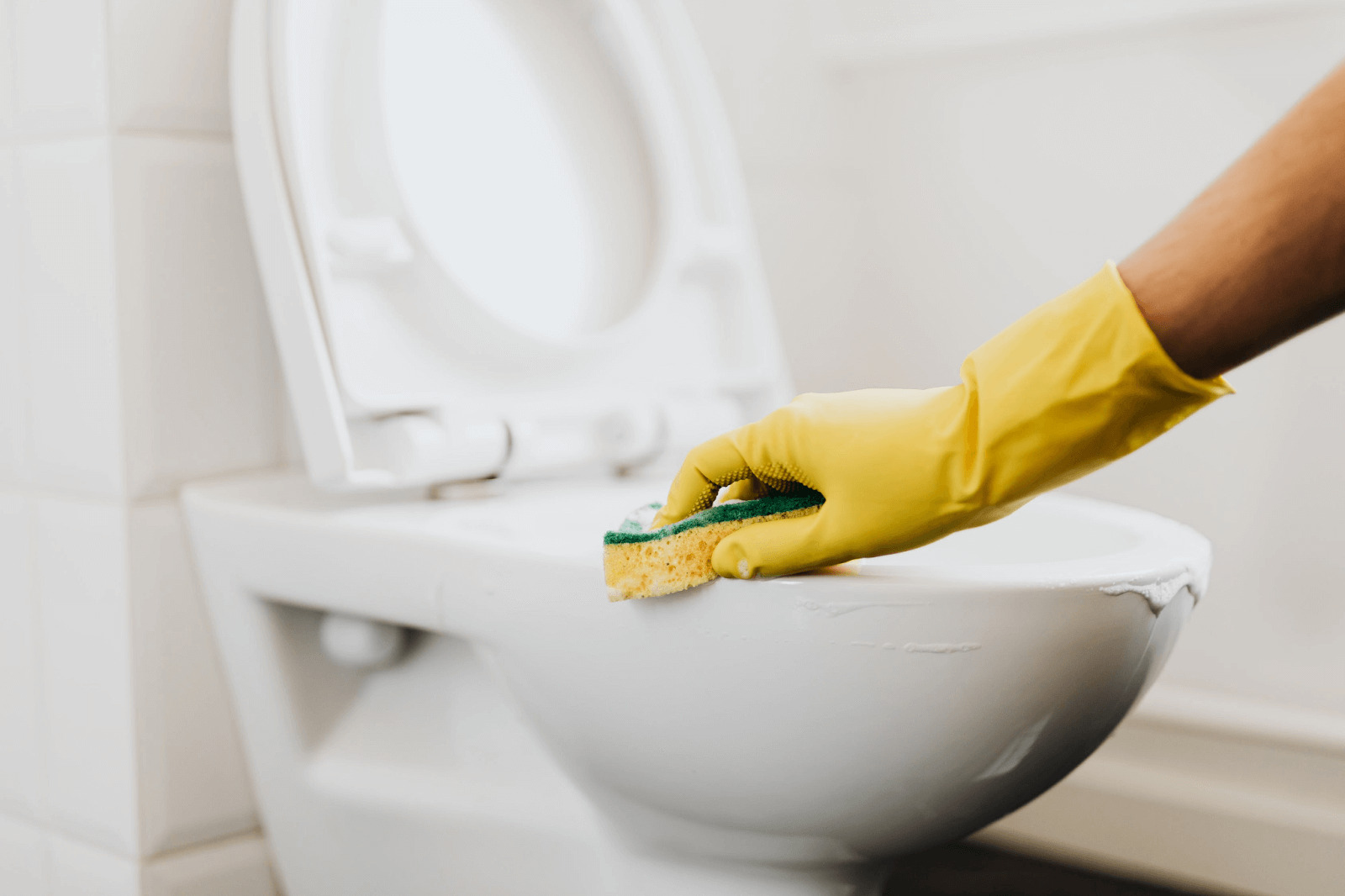
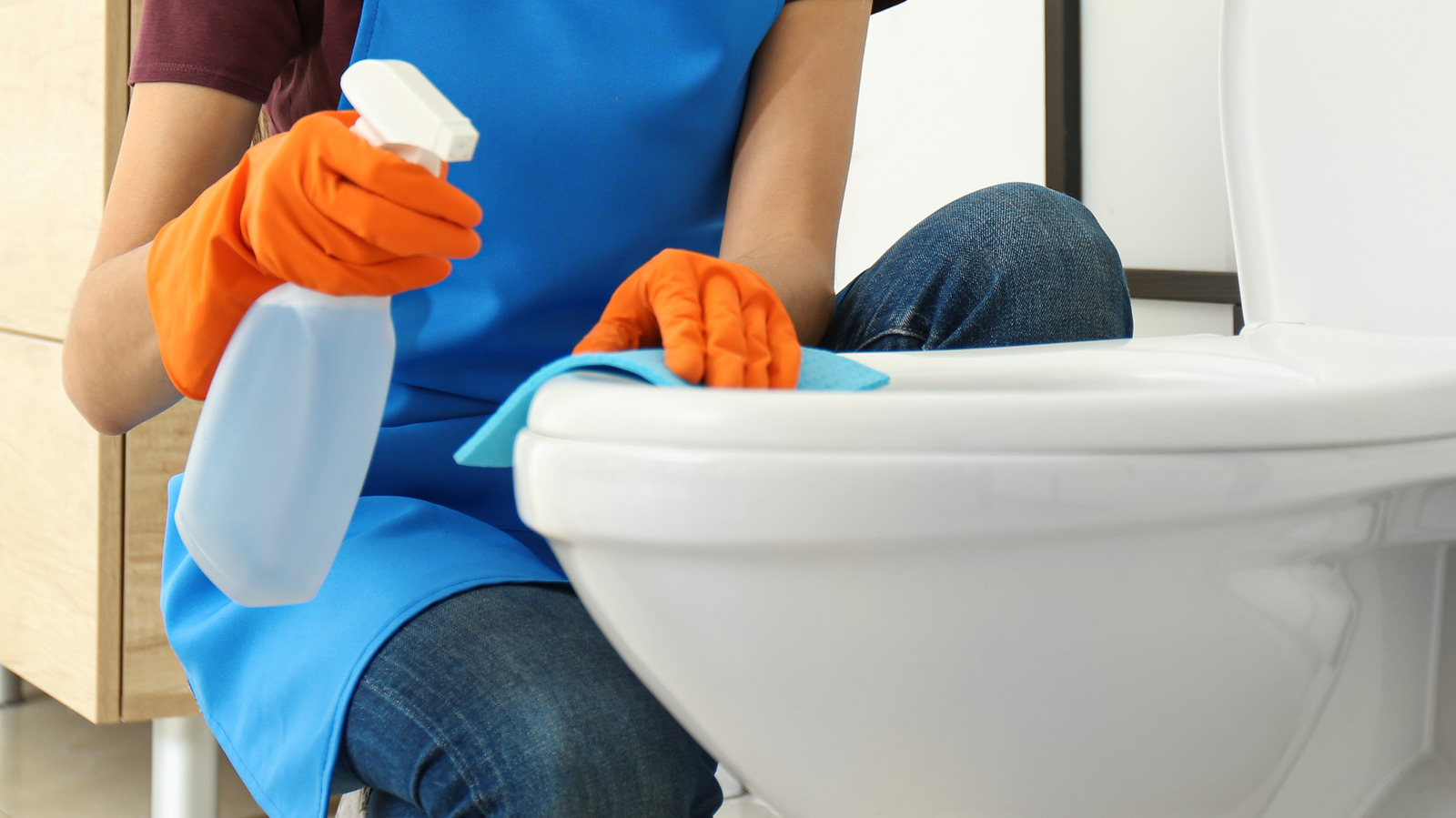
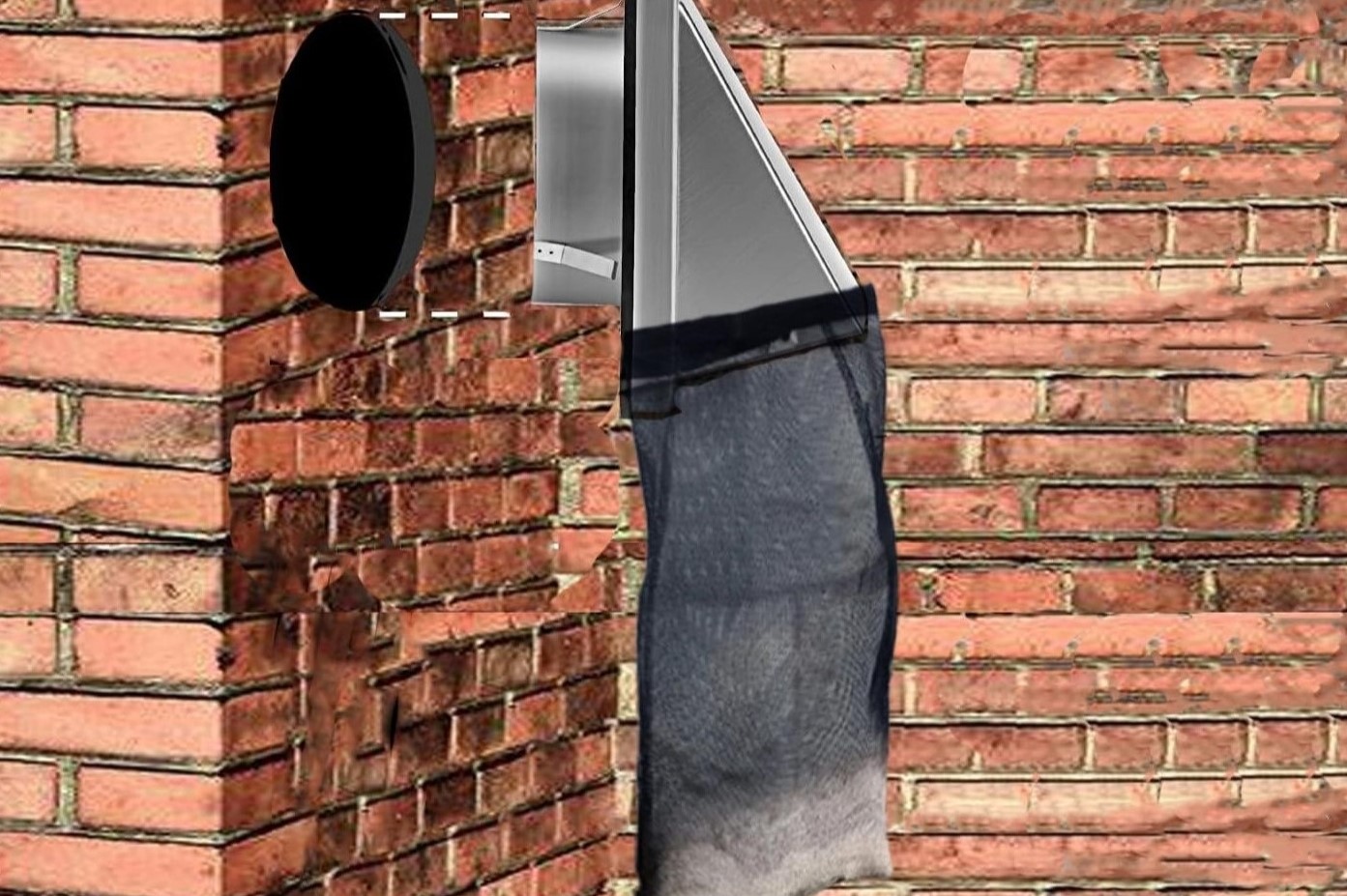


0 thoughts on “How Can You Catch Herpes From A Toilet Seat”